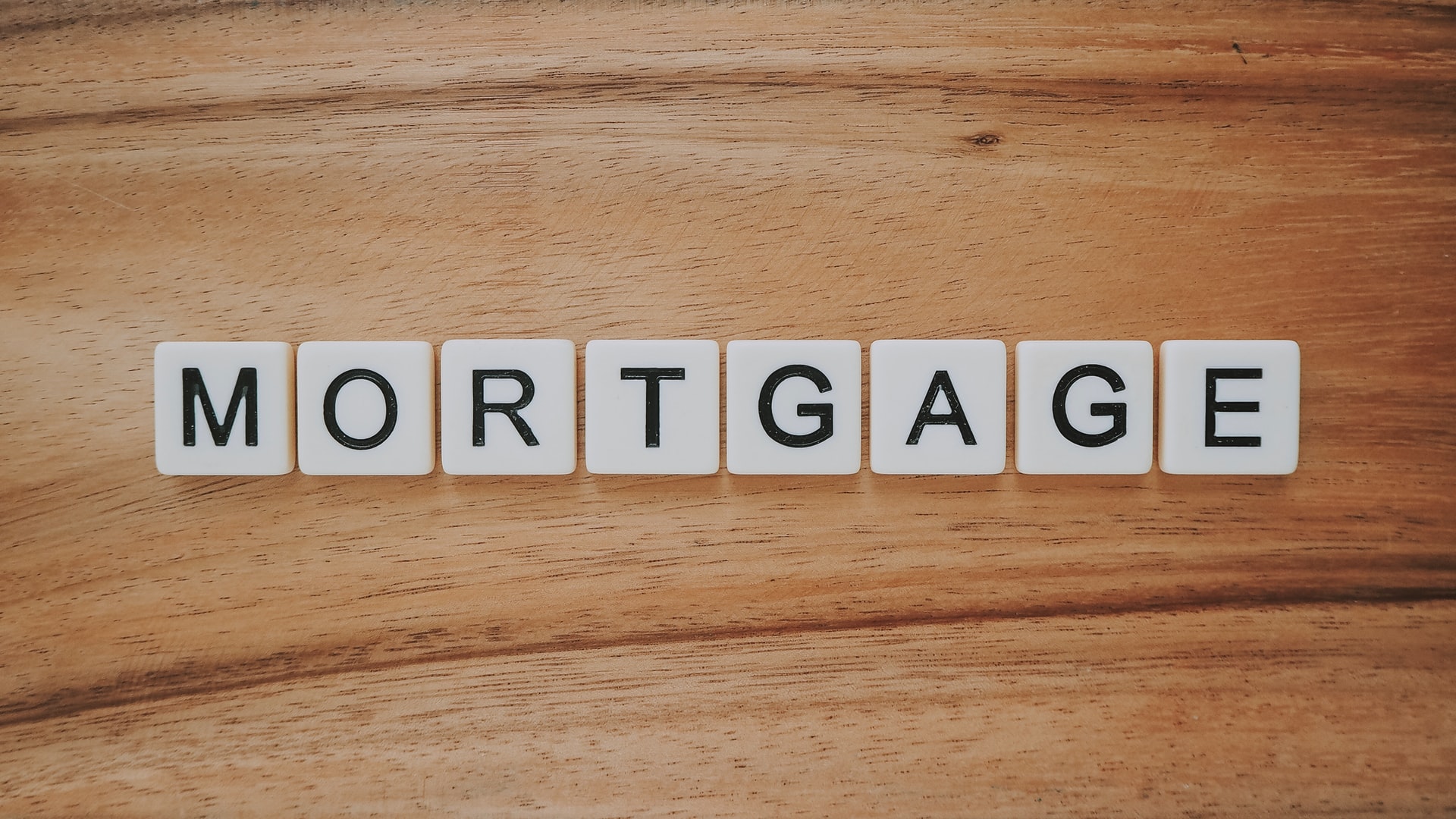If you’re self-employed, it’s not impossible to get a mortgage. However, you may find it more challenging to get a self-employed mortgage. Since self-certification mortgages (“self-cert” mortgages) were banned in 2014, self-employed homebuyers have had to seek mortgages in the same way as everyone else.
What's Included?
Are self-cert mortgages still available?
No, self-cert morgages are not still available. In 2014, the Financial Conduct Authority made the decision to ban them outright, as part of the Mortgage Market Review. This review was intended to prevent another financial crash on the scale of the 2008 financial crisis.
Self-cert morgages were known pejoratively as “liar loans”, because they in effect allowed borrowers to lie about their income. This meant that people could be granted loans on which they would end up defaulting, potentially resulting in another mortgage crisis like the one in 2007.
You can no longer get a self-cert mortgage, and anyone offering them should be reported to the Financial Conduct Authority, as they are breaking financial regulations.
How do I know if I’m self-employed?
If you have more than a 20-25% stake in a business, and earn most of your income through that business, you are counted as self-employed.
If you run your own business, work as a sole trader or a contractor, you are usually considered to be self-employed.
How to get a mortgage if self-employed
If you want to get a mortgage while self-employed, you should know that while not impossible, it will be more challenging.
For the most part you’ll be applying for a mortgage in the same way as everyone else, but you need to really hit the mark for lenders to trust you. Self-employed workers sometimes have “dry spells” or long periods with little to no income, which can give lenders cold feet.
You will also need to prove your creditworthiness to lenders, which means your credit score and credit report must be in good condition.
You may end up having to pay higher rates than regular borrowers, but this isn’t necessarily the case if your income and outgoings look good. The better your credit looks and the more money you can save up for a deposit, the less anxious will lenders feel about lending to you.
Documents you might need for a self-employed mortgage
To get a self-employed mortgage you’ll need to prove that your income is sustainable enough to support you for the duration of the mortgage. Therefore, you’ll need to provide documents that prove you’re earning enough to keep up repayments.
Here are the documents you might need:
- SA302 forms or tax year overview from HMRC from the past two or three years. This shows how much you’ve earned and how much tax you’ve paid. You can ask for an SA302 form from HMRC after you or your accountant complete your Self Assessment tax return. You should make sure your mortgage provider will accept documents you’ve printed yourself.
- Certified accounts going back two or three years. This means financial statements that have been audited and certified as accurate by an independent accountant (i.e. not you). This is to ensure that you’re being honest about your income.
- Evidence of upcoming contracts, if you’re a contractor. This shows you are getting steady work and, therefore, steady income.
- Evidence of dividend payments or retained profits, if you’re a company director. This shows that your business is making money and paying you dividends.
Alongside these documents you will also need to provide documents that regular borrowers need to provide, including:
- Passport, to prove you are who you say you are.
- Driving licence, if you have one, also to prove your identity.
- Your council tax bill, to prove your address.
- Utility bills within the last three months and bank statements for the last six months, to show your outgoings.
Proving your creditworthiness
Just like with a regular borrower, you need to be able to show that you can take on credit and manage your debt. However, if you’re self-employed you’ll need to be especially on the ball. This is because as a self-employed borrower you are automatically considered to be a riskier person to lend to. You’ll really need to prove that you’re creditworthy.
Sign up with Credibble today to find out how to improve your creditworthiness. Credibble has a 24-Factor Credit Check that shows you exactly where your pain points are. This helps you set attainable goals to start building a credit reputation. A subscription is less than £10 a month.
See this article for 5 ways you could improve your credit right now.
Next steps after mortgage approval
Once you’ve received your Mortgage Decision-in-Principle (DiP), you can go through the normal steps of buying a house. Bear in mind that a DiP is not a guarantee, so you will need to stay on top of your finances even after approval. Lenders hate a fair-weather borrower!
Read Credibble’s 10-step guide to homebuying to find out what to do next.
Credibble offers two fabulous solutions.
If you’re preparing to take a mortgage, never apply until you’ve tried our unique and FREE Credibble Home app. Our smart technology will tell you what you need to fix so you avoid rejection. The app predicts when you will be able to buy, for how much and tracks your month-by-month progress to mortgage success. We’ve even added your own mortgage broker, so you get the best deals available.
More focused on your credit rating? Well, get started for free with Credibble’s 24- Factor Credit Check to truly help you improve your creditworthiness and how lenders view you. (Remember: lenders don’t use your credit score! We’ll show you what lenders look for and how to get your credit report in the best shape possible).






